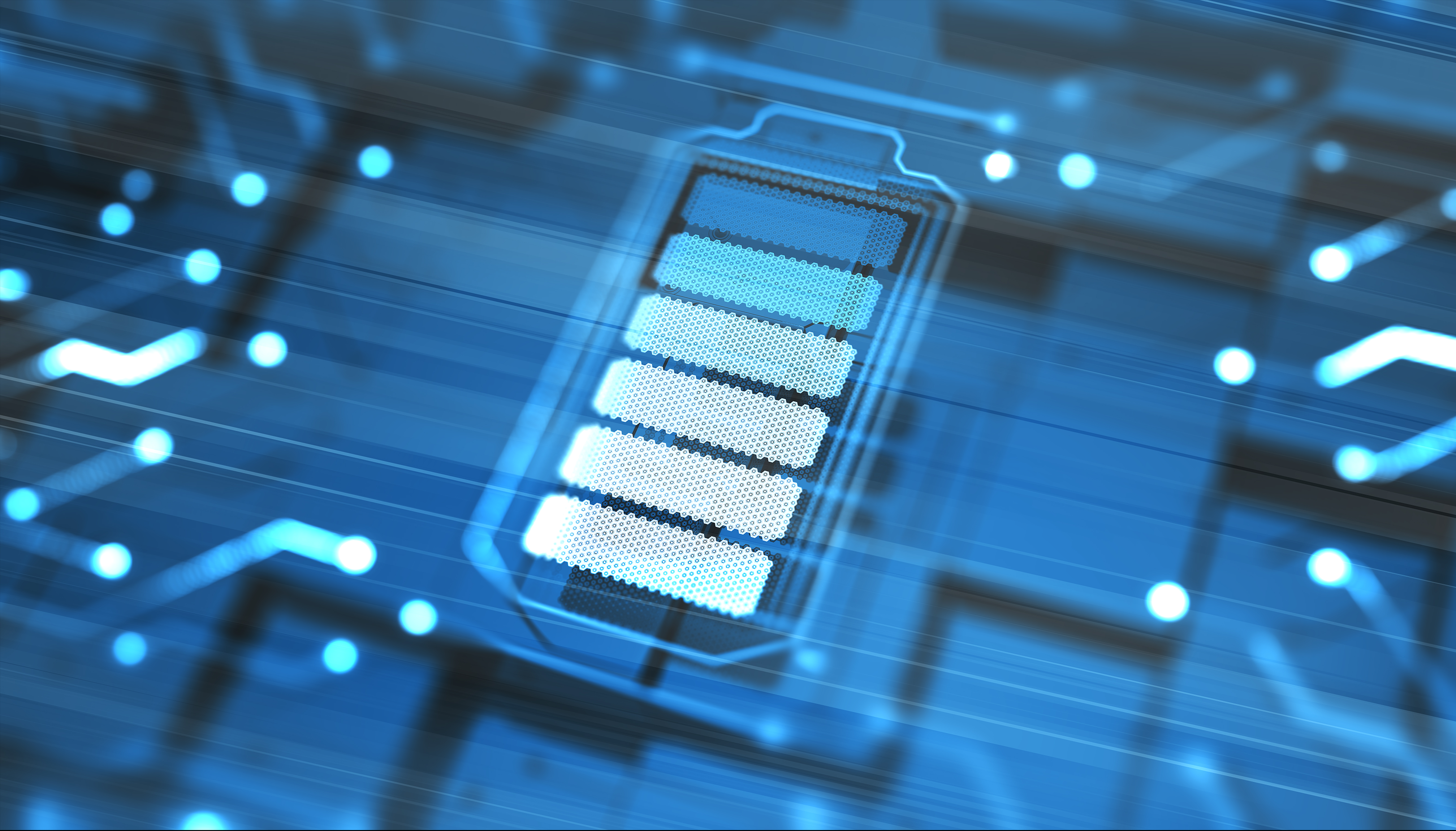By Nikhil A. Koratkar, John A. Clark and Edward T. Crossan Professor of Engineering
I spent my first decade at RPI learning how to manufacture nanometer scale materials and studying their fundamental mechanical, electrical, thermal, optical, and opto-electronic properties. It is with this background that I pivoted toward battery materials in 2011.
Typical battery electrodes are a composite of active material particles and conductive carbon and polymer binder additives that are slurry coated onto a metal current collector. The active material particle is the ‘vital’ component in the battery electrode since it is responsible for storing lithium ions. Commercial lithium-ion batteries utilize microscale particles (several microns in size) as the active electrode material.
Given my background in nanomaterials, my instinct when I entered the battery arena was to replace microparticles with nanoparticles, with the expectation that nanoparticles would perform better. The results of my team’s research into nanomaterials, which are orders of magnitude smaller than microparticles, were promising. In a series of publications, we showed that nanoparticles significantly outperformed microparticles in terms of fast charging capability, gravimetric energy density (energy stored per unit mass of the electrode), and stability (cycle life of the battery).
I discussed these results with several battery companies, including Tesla, but to my dismay, I realized that there were a number of fundamental hurdles that I, and the academic research community in general, had been unaware of. The first issue with nanomaterials is that their volumetric energy density is relatively low due to poor packing density, which results in significant empty (void) space in the electrode. In most battery applications, the battery is volume-limited (rather than weight-limited), so poor volumetric performance is a showstopper. The second major hurdle is the ultra-high exposed surface area of nanomaterials. These exposed surfaces need to be passivated with lithium, which results in a large and permanent loss of lithium in the first charge-discharge cycle (also called the formation cycle) of the battery. For these reasons, it is not surprising that the battery industry has mostly avoided the use of nanoscale materials in batteries.
Nanoparticles are not currently a viable replacement for micromaterials in energy storage. On the other hand, performance improvements with microscale particles have saturated, and further advances with microparticle-based electrodes are likely to be incremental at best. What, then, is the way forward?
In a recent publication in Nature Reviews Materials, my team and I propose that to achieve substantial improvement over the state-of-the-art, active material particles in future batteries must be “multiscale” in nature — microscale in size with in-built nanoscale features — to reap the benefits of both scales in the same system.
While we know how to produce micro- and nanoscale particles, we are still investigating how best to construct multiscale particles for batteries. One possibility my group is exploring is to synthesize complex oxides such as niobium tungsten oxides or molybdenum vanadium oxides. These oxides are composed of micrometer-size particles that are intrinsically nanoporous in nature. The nanoporosity stems from nanoscale channels (tunnels) that are ubiquitous in the crystal structure of these oxides. We have tested these materials in batteries (research published in 2022 in the Proceedings of the National Academy of Sciences) and find that they can indeed deliver the best of both the micro and nano worlds. In other words, we can achieve high volumetric energy density, ultrafast charging, long-term cycling stability, and high first-cycle coulombic efficiency using the same multiscale material system.
In my view, exciting times lie ahead! The next decade will be an era of intense activity with the battery community figuring out how best to build and deploy multiscale particles in next-gen batteries that vastly outperform today’s technology.




